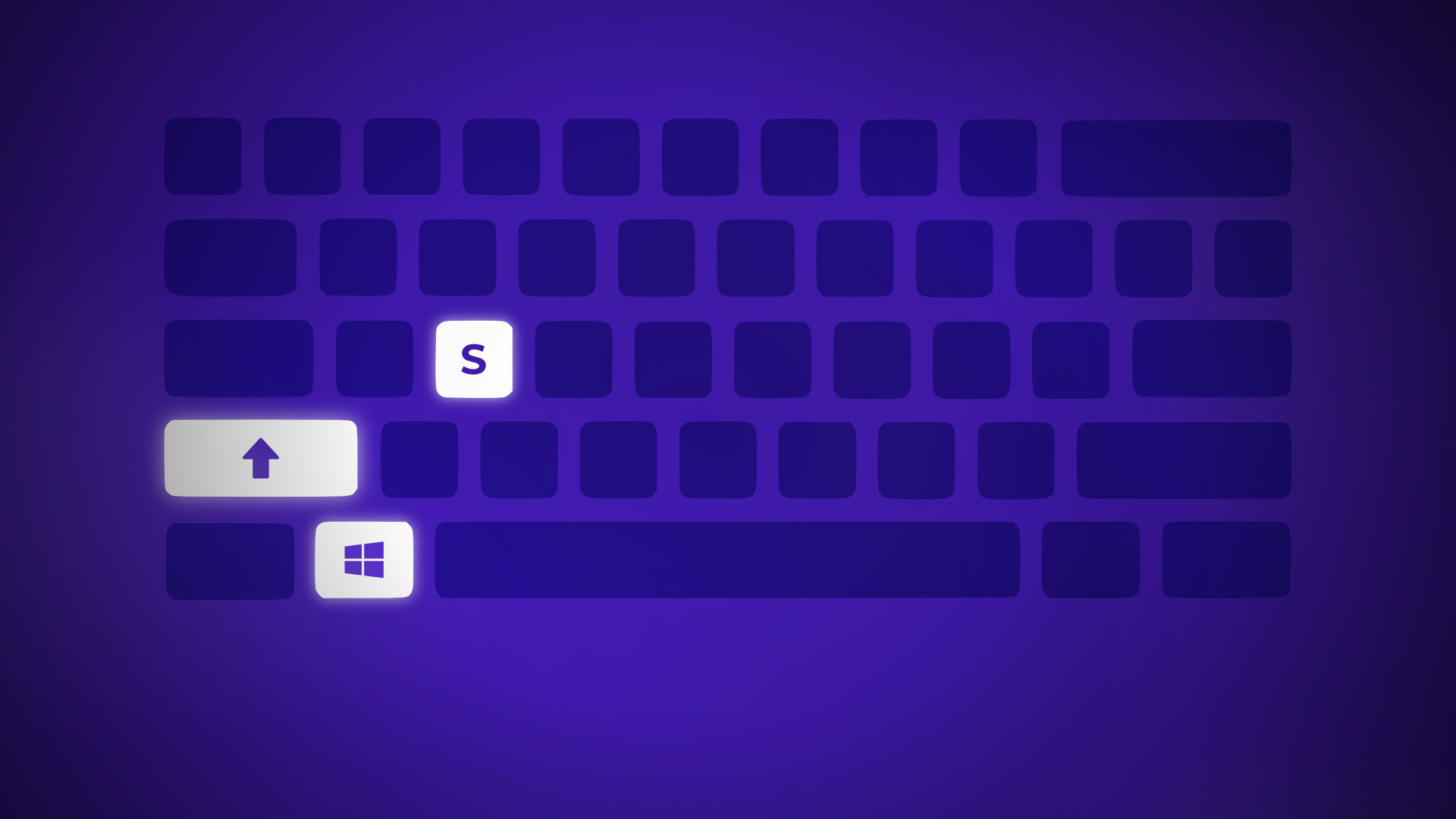

- #Windows image capture how to
- #Windows image capture driver
- #Windows image capture manual
- #Windows image capture full
- #Windows image capture windows 8
The high level process outline looks like the following:ġ. Make sure you have identified a storage repository with 30-60 GB storage minimum for the captured. Gather a set of DVD’s or an NTFS configured USB drive.

Getting ready to capture that system image. You need to be sure to use the correct tools or switches for compatibility with your target system(s). The WAIK and ADK tools within the suites are often specific to the BIOS platform, for instance Amd64, x86, arm.
You know the BIOS and OS image for the system being captured. You really don’t want all the WAIK or ADK content taking up space in your captured. These need to be installed on a technician’s system, and NOT on the system to be captured. You need the WAIK or the ADK installed on a system to get current copies of CopyPE, ImageX or DISM for image capture. You have a technician system with either the Windows Automated Installation Kit (WAIK) or the Windows 8/8.1 Assessment and Deployment Kit (ADK) installed. #Windows image capture manual
Several manual or automated processes, not included in this blog would be necessary to capture system information, if you want to place it directly back into production after image capture. Minimally, basic installation and configuration questions will have to be answered once the captured system is rebooted before it can be used again in a production environment. Once you run Sysprep, the system will be generalized for capture and deployment.
You have captured the unique identifiers, licenses, host name and other settings on the system before capture, or you are prepared to recreate them manually after you complete the capture process. The capture steps are the same, but the deployment steps would be very different and might influence configuration switches that you use during capture. The captured image could not be multiply deployed without being modified first, but you could deploy it to a Virtual image for diagnostic purposes. You could use the following process to capture an entire image, including security identifiers, MAC, host name, user data, temporary files and other unique information by skipping the Sysprep step. #Windows image capture full
You are not trying to capture a full image for diagnostic purposes. Since you are creating a single, unique image, you may use default options for numbering and labeling. wim indexed images, or overwriting, auditing, or confirming changes to an existing image. You don’t need to be concerned with numbering or naming of existing. wim file, or creating a differencing file. You are not adding or appending information to an existing. You are creating a new, single Windows Image (.wim) file. You aren’t making any changes to your image during capture, so you avoid this step and use of the related tool(s). wim File Exclusion list to alter the image content during capture or deployment. You could use the System Image Manager (SIM) to create an ‘answer file’(typically named unattend.xml) or modify the. #Windows image capture driver
You don’t plan to modify registry or driver settings during the capture process, or filter any system content. (Microsoft documentation calls this a reference system.) In other words, the system you plan to capture has all of the desired components installed and operational. One or more user accounts may also be presented and configured. 
It may also be network and domain attached. The OS has current patches, drivers, and desired applications installed.
You want to capture an image of an installed and functional Windows Operating system. Let’s eliminate some of the alternatives. Lots of details to sort.ĭespite all the details, one can actually perform the entire capture process in about 30 minutes, if a couple of the steps are conducted simultaneously.įor the sake of simplicity, let me set the stage. Microsoft also has a 2 minute overview video Preparing an Image Using Sysprep and ImageX. #Windows image capture windows 8
I describe each piece in my Windows 7 Enterprise Deployment video series and provide updates in the Introduction subset of my Windows 8 Installation and Management videos. While the overall process is rather simple, each step enables alternatives that can make the process appear far more complex.

The entire process requires two or more days of a weeklong Windows 7 or Windows 8 deployment course to teach in detail. Technet documentation may be hard to follow. DISM serves as the replacement tool in Windows 8/8.1. This is easy – wait – imageX is deprecated in Windows 8/8.1. My first thought was ‘Happy to aim you in the proper direction’.
#Windows image capture how to
A recent email from a former student asked, “ Is it possible to have you show me how to capture an image using Imagex?”








 0 kommentar(er)
0 kommentar(er)
